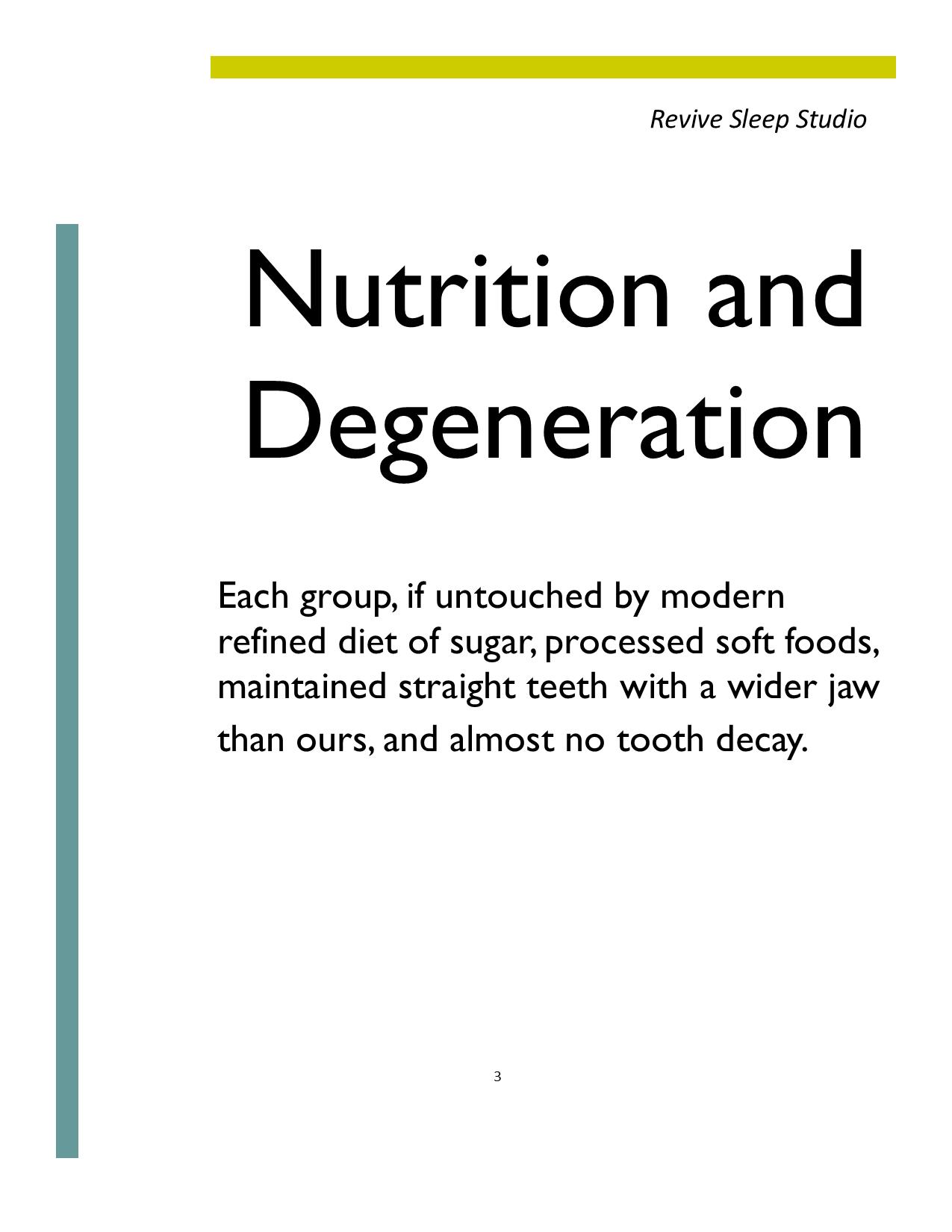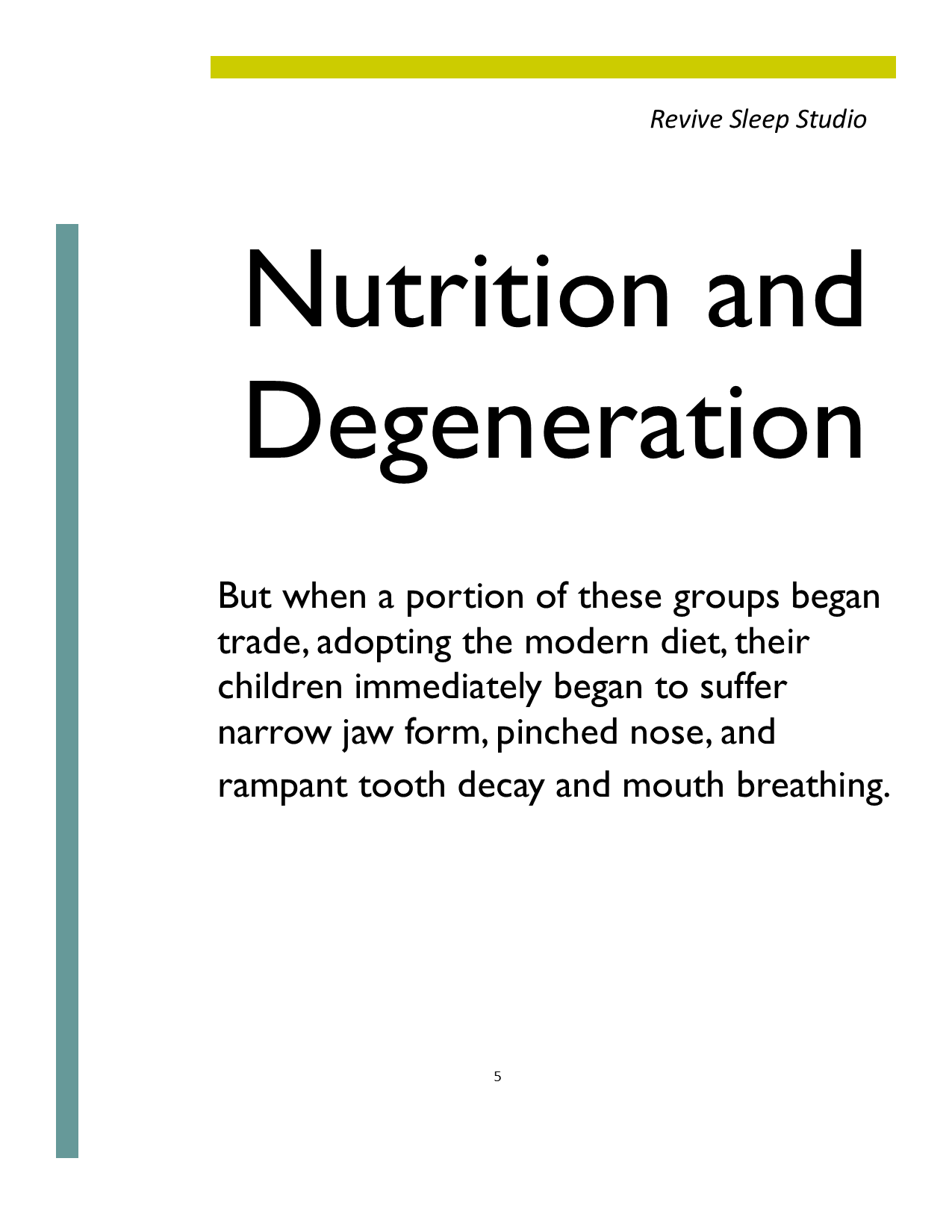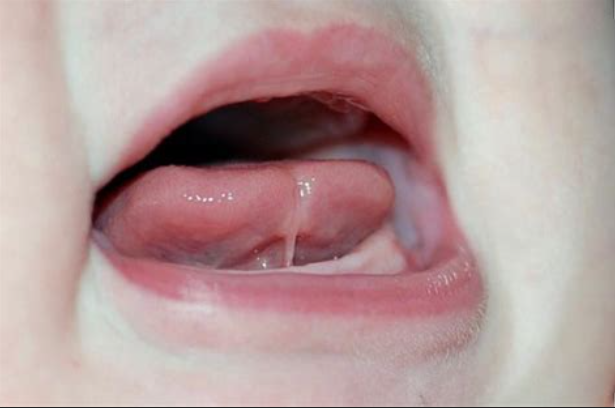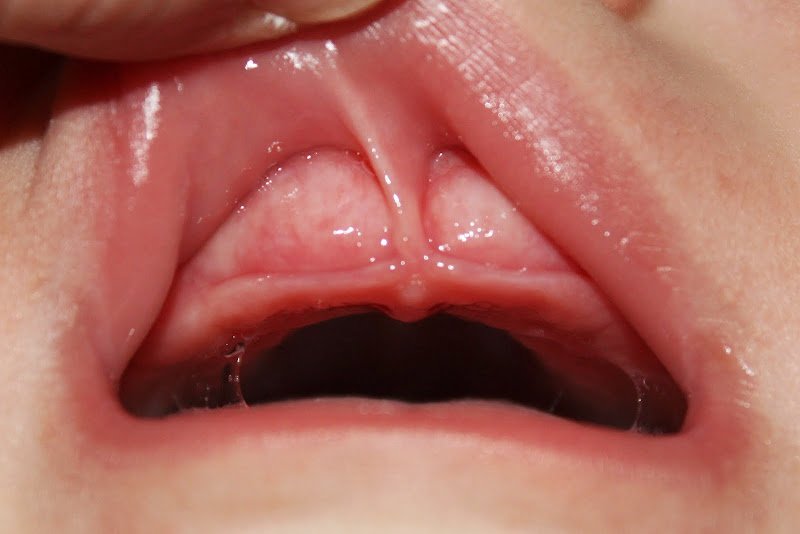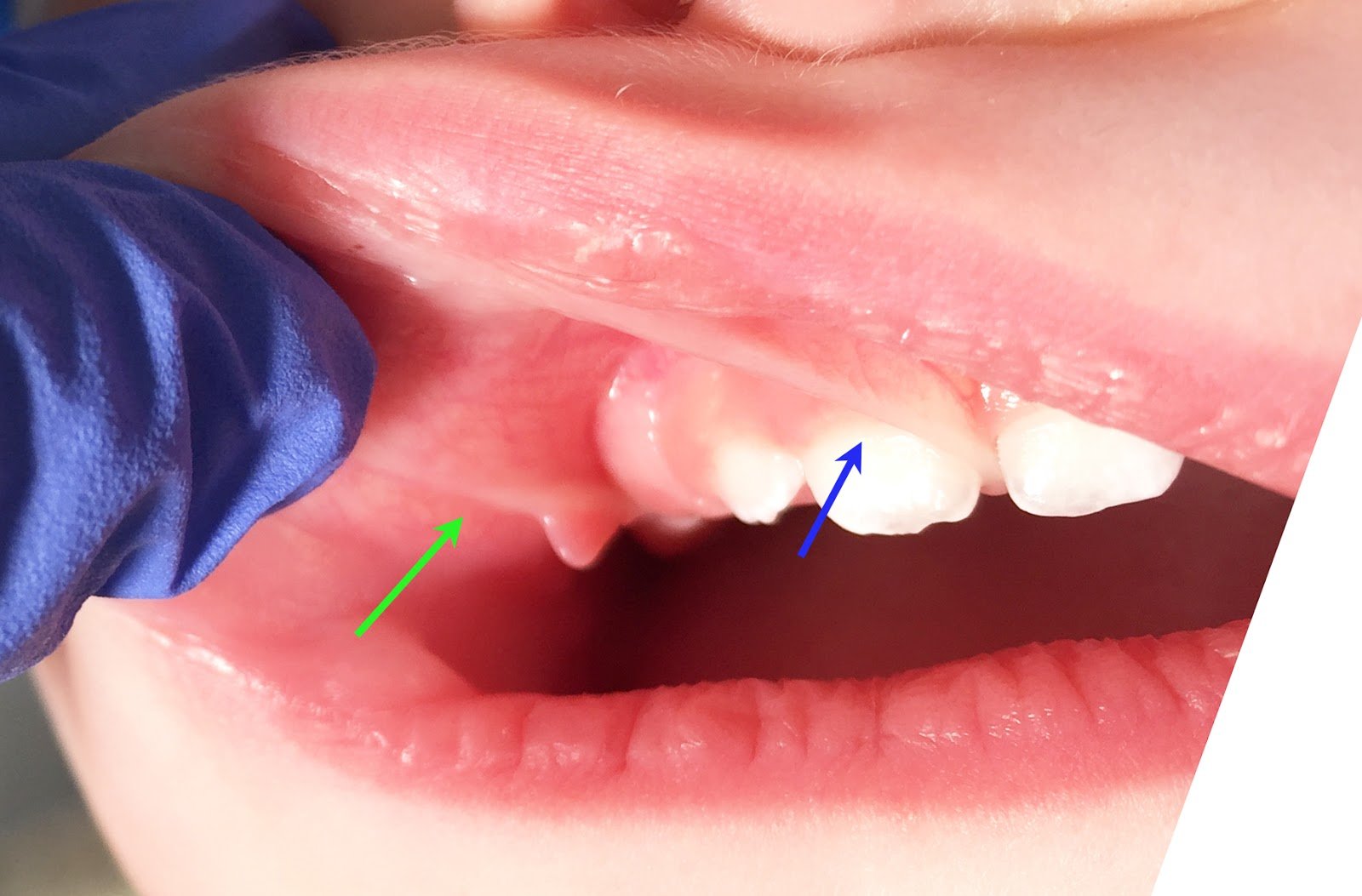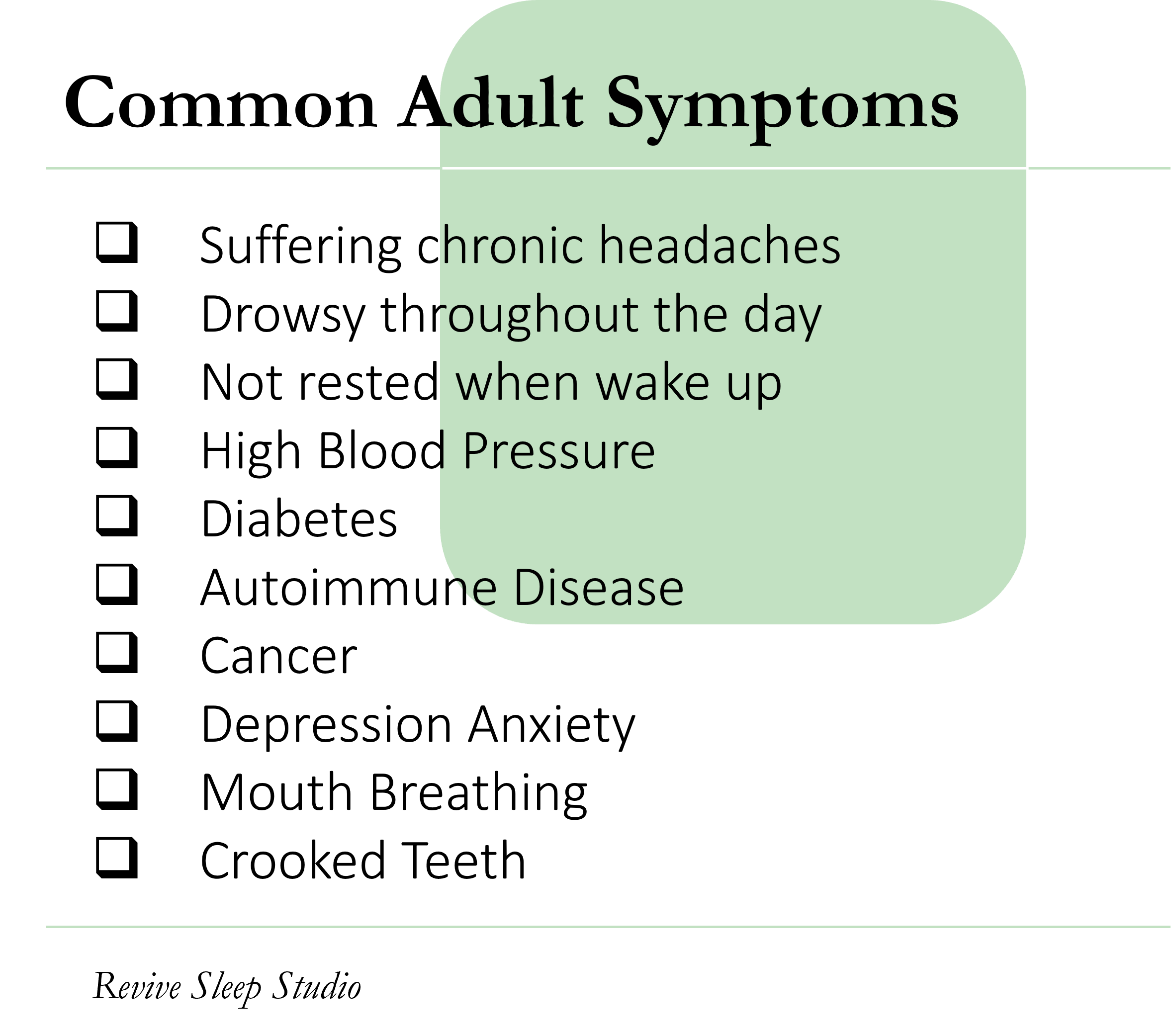Ellen G White (1827-1915) was ahead of her time when it came to healthful living. As the most published female author in history, her health counsels have consistently proven to be accurate per modern day research. In a compilation of her counsels on diet and food, I found she advises against a liquid diet. She writes:
“You have educated the stomach to this kind of diet. …Taken in a liquid state, your food would not give healthful vigor or tone to the system. But when you change this habit, and eat more solids and less liquids, your stomach will feel disturbed. Notwithstanding this, you should not yield the point; you should educate your stomach to bear a more solid diet.” — Counsels on Diet and Food Chapter 5, par 105.1
She is encouraging to train the stomach to get used to digesting solid foods if it was spoiled already by easy liquids. Then continues and mentions a basic human function which is absent in a liquid or soft food diet habit, mastication (chewing).
“If your time to eat is limited, do not bolt your food, but eat less, and masticate slowly. The benefit derived from food does not depend so much on the quantity eaten as on its thorough digestion; … ” — Counsels on Diet and Food Chapter 5, par 107.2
She expounds further in regards to soft vs harder foods and mastication. She writes:
“So much porridge eating is a mistake. The dry food that requires mastication is far preferable.” — Counsels on Diet and Food Chapter 5, par 108.1
“make a stiff dough, and knead it as for crackers. Bake.... They require thorough mastication, which is a benefit both to the teeth and to the stomach. They make good blood, and impart strength.” — Counsels on Diet and Food Chapter 5, par 108.3
I found this fascinating. Many of E. White’s writings on health has been very reasonable and logical and her emphasis on chewing is absolutely in line with this basic human necessity for both growth and development and maintenance of our health. So let us now look at some of the modern research, including anthropology research. This 2014 study shows how a liquid diet, which will involve a lack or absence of chewing, can cause memory impairment.
“Liquid Diet induced Memory Impairment: “These findings suggest that reduced mastication induced by a liquid diet in early childhood may impair memory and learning ability, accompanied by neuronal loss in the hippocampus.”” study
Now let us look at a study that shows mastication and brain neurosensory activity.
“The neural circuits, together with regulation of breathing, walking, posture, and blood circulation, are programed in the lower brainstem. Rhythmical movement of the jaw and tongue is regulated by the lower brainstem, mainly as a mechanism of rhythm formation based on the information generated during mastication from sensory receptors in the oral cavity and masseter muscles.” (Squire et al., 2002)
Testing the Chewing Stress Theory:
What we know through anthropological studies is that whether plant-based or not, whole solids which stimulate natural mechanics of chewing (Dr Corruccini) is necessary for a normal development of the jaw and airway, both muscle and bone.
During his first year as a graduate student, eventually professor of anthropology, Dr Robert Corruccini , considered the United States unqualified to test the chewing stress theory due to their modern diet. The criteria needed to be met were isolated rural conditions and a traditional diet, to be able to compare the changes in the next generation who adopts the modern lifestyle and processed diet. Dr Corruccini then came across Mammoth Cave of central Kentucky, home town of colleague Dr Darrell Whitley, PhD, in 1979 and 1985, two major changes came about: industry movement and mechanized farming, replacing traditional farming. And only during the time of these changes, the community began experiencing the need for professional dental care. Prior to this, Friedl, 1978 stated,
“Among the Appalachian peoples in general, there is low level of concern with dental health….” book
The study spanned 20-years and concluded, “Those members of the Kentucky community raised on softer and more cariogenic foods, thus, were more variable from the ideal in their occlusal patterns.” which means more crooked teeth and bite problems in those who ate softer foods which are also cavity causing foods. This was the modern diet. The findings are the consistent with Dr Weston Price’s work that spanned the entire globe in isolated communities at the verge of ‘modernization’.
Recapping:
Ellen White stated good quality mastication is necessary for healthy digestion and the benefit of the teeth. Per research, and common sense, solids stimulate mastication or chewing which develops the brain’s memory neurons and affects many other basic body functions. Dr Corruccini and Dr Price both found diminished chewing efficiency from diet change caused a deformity of the jaw, the orofacial complex, and caused crooked teeth, airway issues, and mouth breathing.
Let us begin to chew our whole and unprocessed natural foods, starting today.
Related: Saliva and Teeth
Bonus: Stressful Day Remedy (see 100 chews)








